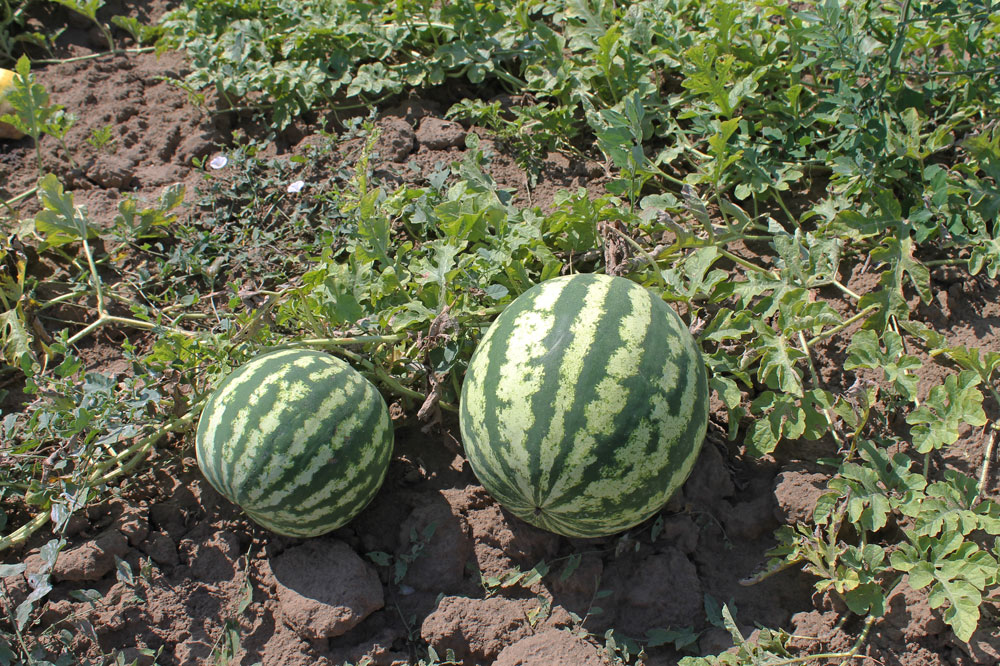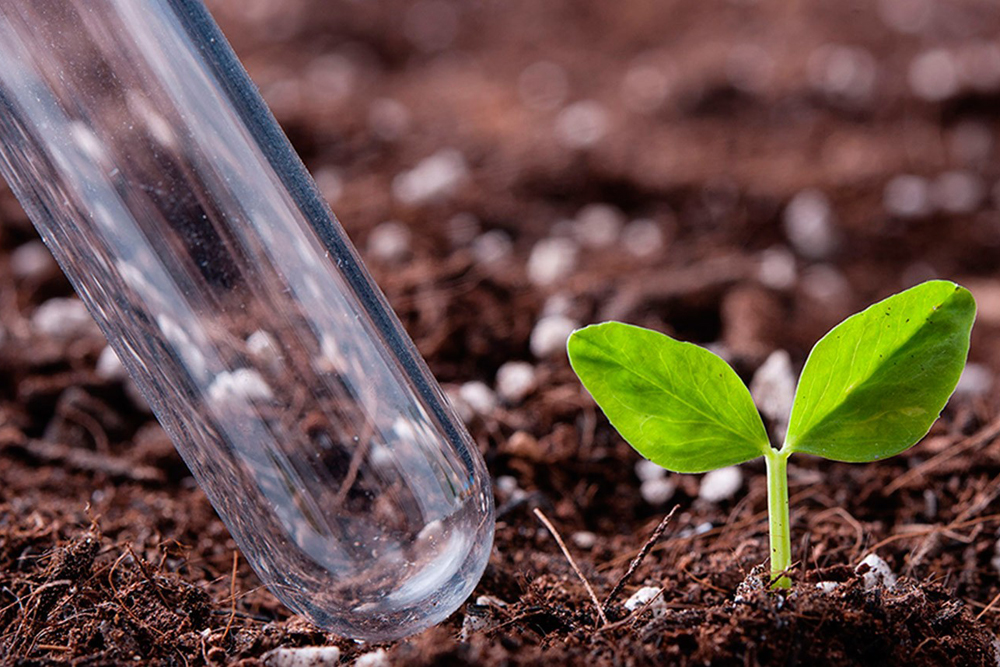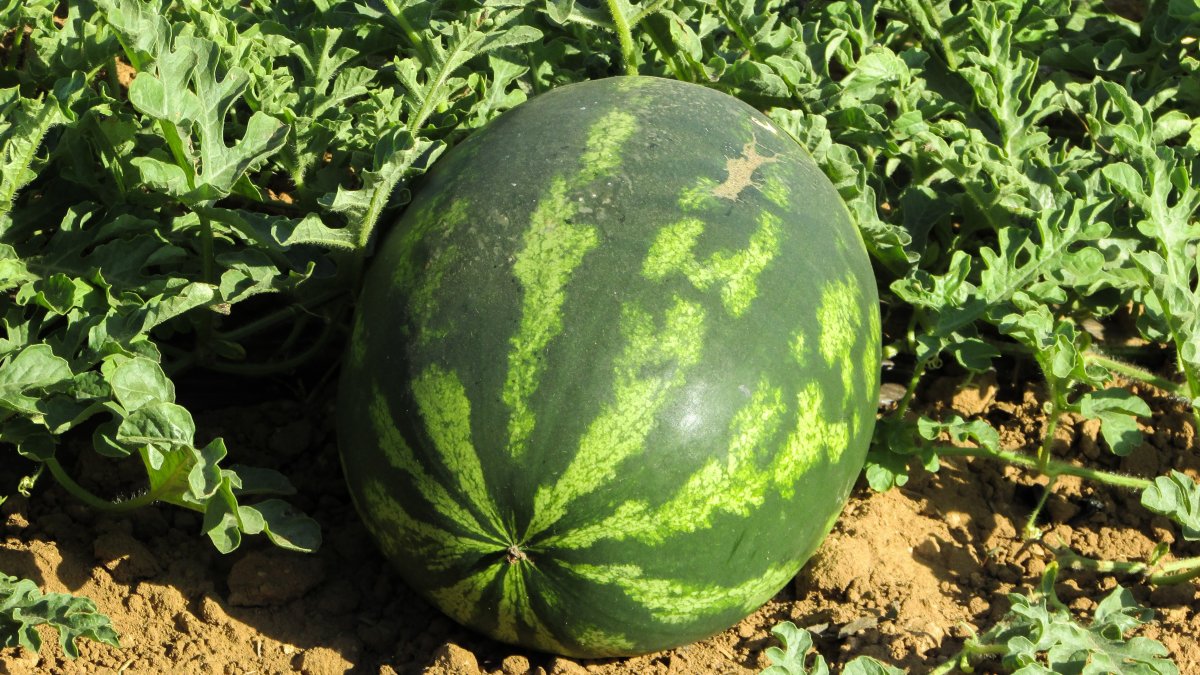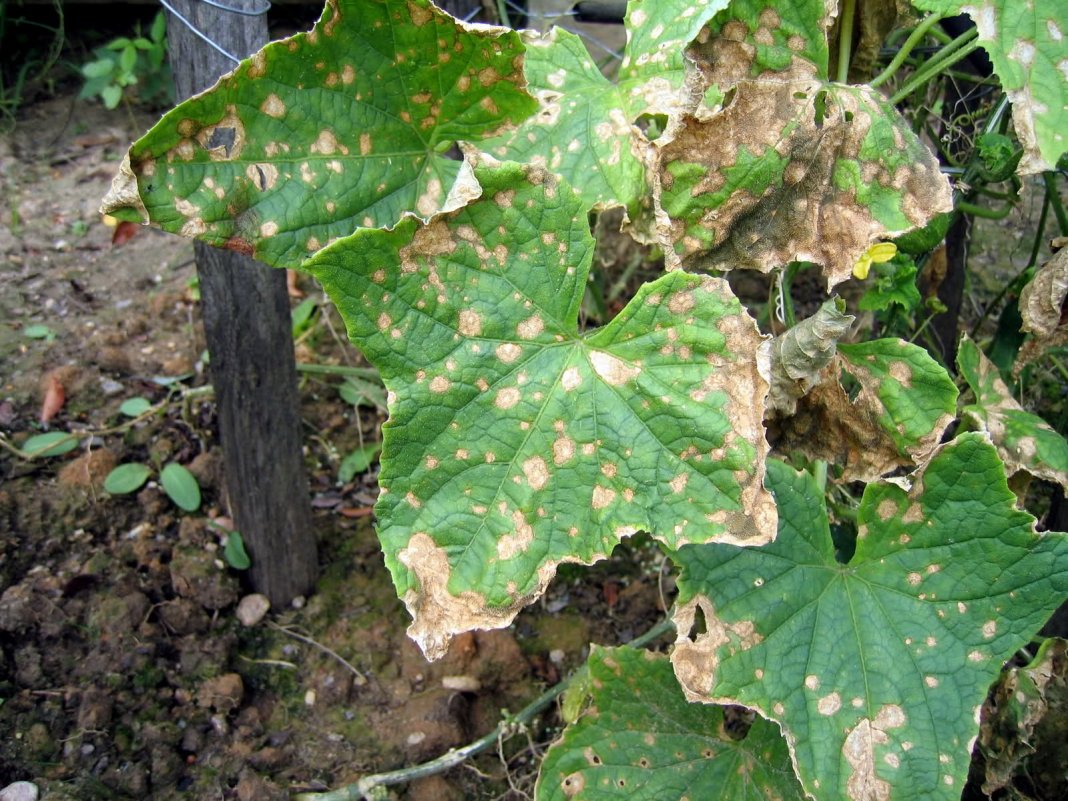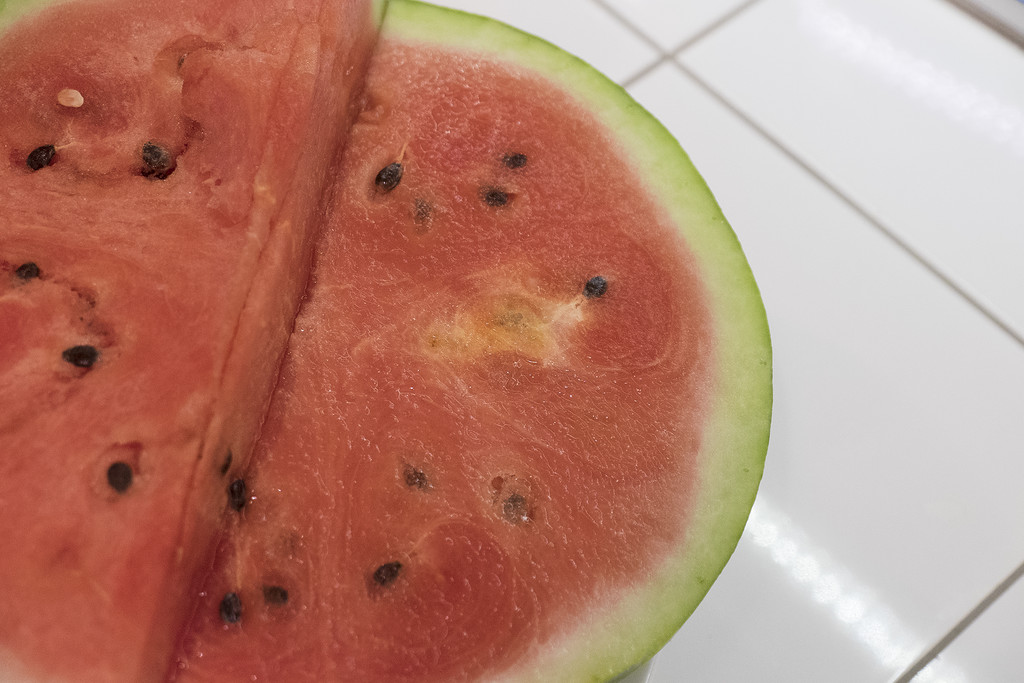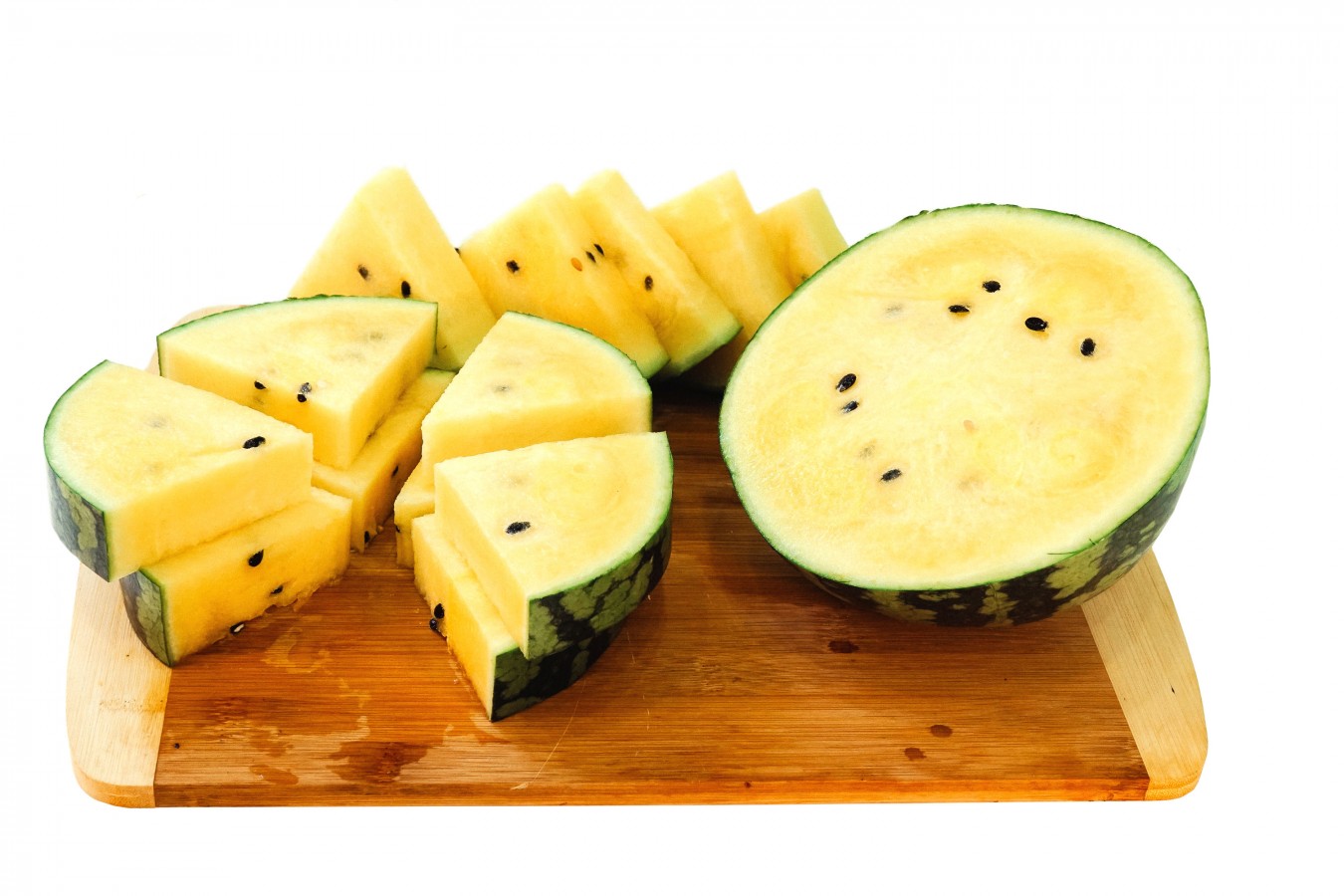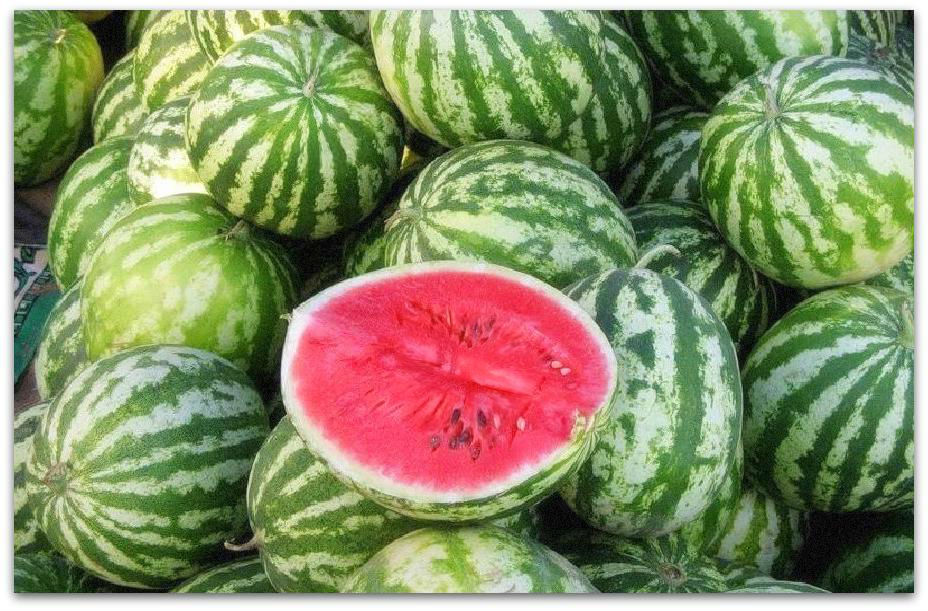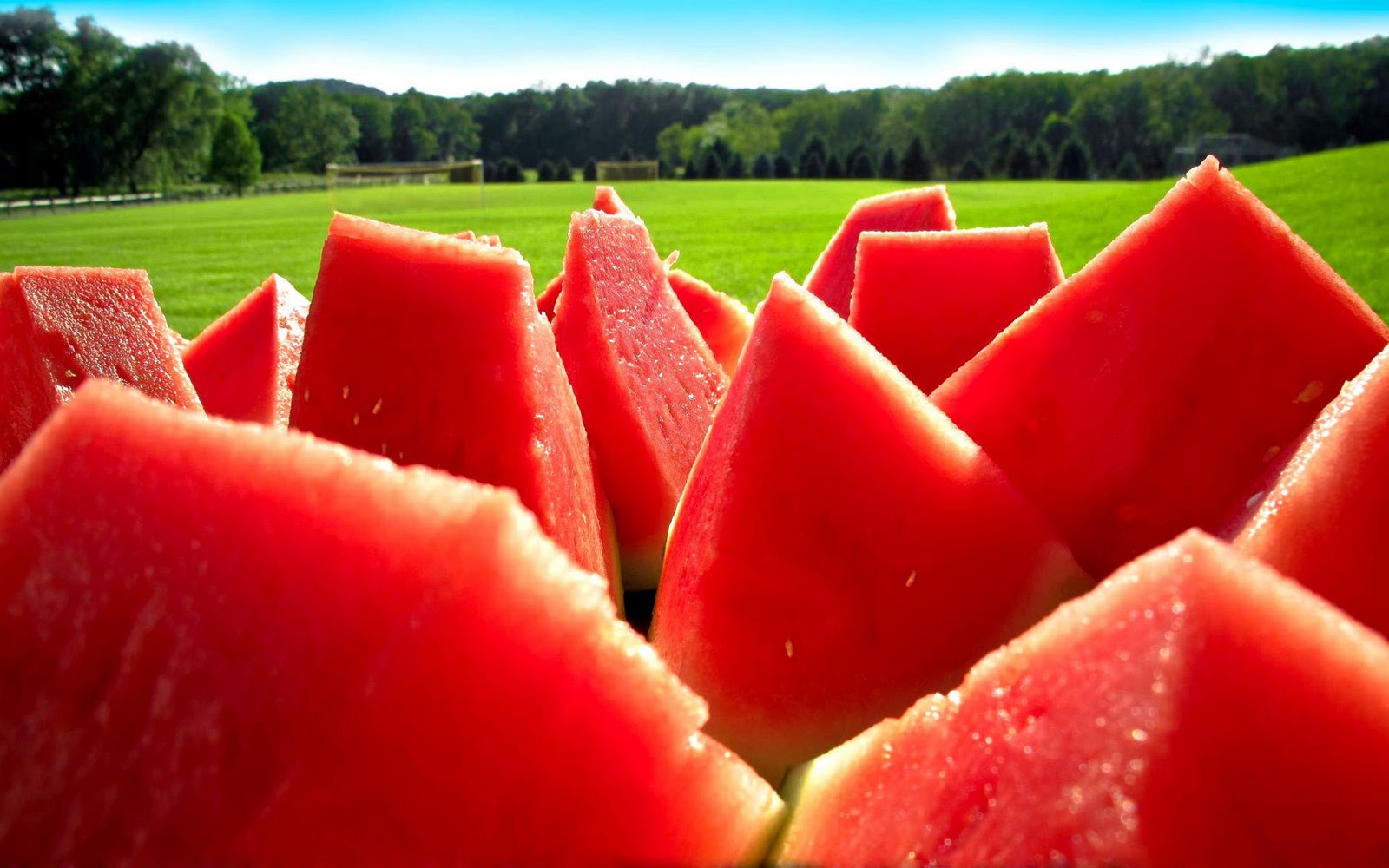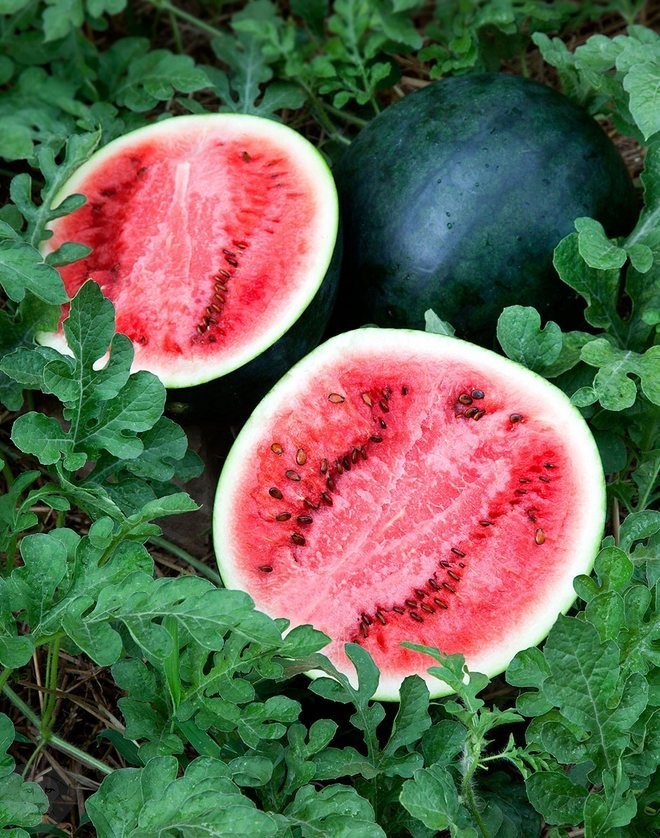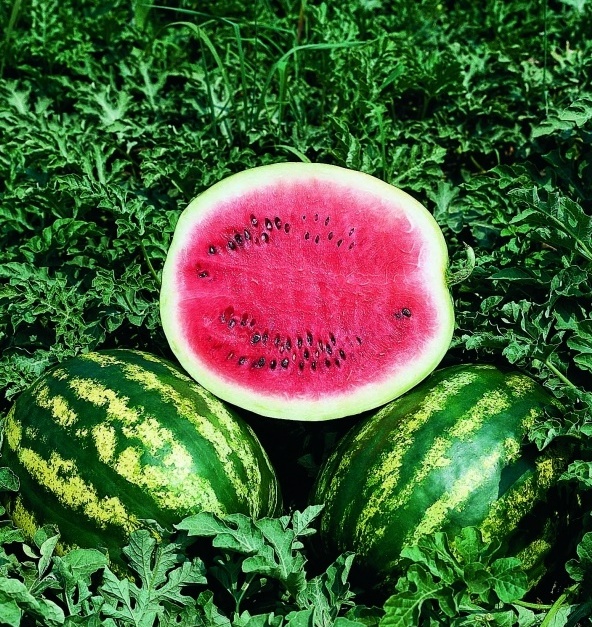Content:
It's no secret that watermelon is a very tasty, and most importantly, healthy berry. Many unscrupulous entrepreneurs who grow watermelons for sale add a lot of pesticides to them in order to get a good harvest, as a result of which lovers of this berry can be poisoned. To avoid such a fate, it is better to find out how you can grow a watermelon yourself. If you have your own land, a good mood, but there is no knowledge of how you can grow watermelons in the country in the open field, then this article will definitely be useful.
How to grow a watermelon in a particular region
Watermelon is from the south, so he loves the sun very much. The more light falls on the berry, the faster it will grow, so you need to carefully monitor it, pulling out the weeds growing next to it in time, as well as carry out a number of other activities.
Agrotechnology includes many elements, each of which is key in the process of growing and caring for fruits. Before planting watermelons, you need to familiarize yourself with what it means to care for them. We are talking about correct soil cultivation, selection of the highest quality seeds, competent watering and looking after the sprouts for the first time. It is necessary to take into account and monitor the completeness of absorption of nutrients and fertilizers by plants. Experienced agronomists know how to properly grow watermelons in accordance with high agricultural technology.
Cultivation of watermelons is quite realistic even in Siberia, Transbaikalia, the Moscow region and in the Krasnodar Territory, if you follow all the rules. Even in the Nizhny Novgorod region, which is characterized by long cold winters and rather short cool summers, climatic conditions do not prevent gardeners of this region from growing high-quality products. Under the conditions created according to the rules of high agricultural technology, the Nizhny Novgorod region has increased the volume of the watermelon harvest by an incredible 18 times in 10 years.
This region is characterized by gray forest and podzolic soils, as well as chernozems. The relatively high level of humidity is also conducive to the creation of special conditions for growing fruit. In this area, it is highly discouraged to plant seeds in open ground. According to the advice of experienced gardeners, watermelons in Central Russia should be grown only in greenhouse conditions.
The following varieties should be preferred:
- Gift to the North;
- Fire;
- Early ripening;
- Donskoy;
- Dessert-83.
Watermelons are quite light-loving plants, however, if we consider the newly planted seedlings, then they are extremely poorly tolerated by bright direct sunlight. Therefore, in the first 4 days, you need to create an additional shadow, build a screen or cover with a cloth, thick film.
As for Primorye, the climate here is characterized as monsoon. Strong gusty winds often occur here, the soil freezes deeply, precipitation is unevenly distributed over the region. In addition to all this, high levels of moisture can have a negative impact on seed emergence.Soils of Primorsky Krai with high acidity, the pH level is 4.7–5.5. Based on this feature, the soil must be enriched with limestone or slaked lime before planting watermelons. Such actions to strengthen the soil layers will increase their fertility.
In the Kuban, dry weather is quite common, which also does not facilitate the task of gardeners who want to cultivate melons and gourds. But there is a way out of this situation. Here, as in other regions, you need to strictly follow all agrotechnical rules and prepare for sowing in advance, namely in the fall, as experienced gardeners advise. In the matter of soils, preference should be given to sandy loam chernozem, virgin soil. In such a soil, striped berries ripen best.
In addition, the warm Kuban climate provides an excellent opportunity to sow seeds directly into open ground. The crop should be harvested before the first cold snaps at night, since during a drought, Kuban watermelons can be significantly affected by spider mites. If summer residents are still lucky enough to find pests in the beds, then the foci need to be treated with acaricides 2 times a week.
In contrast to the Kuban conditions, in Bashkiria it will hardly be possible to grow melons and gourds in the open field. In this region, it is worth giving preference to greenhouse methods of growing fruit. Some of the best varieties for these climatic conditions, taking into account cultivation in greenhouses, are Ogonyok and Vesenny. Special attention is paid to soil temperature. It should be in the region between 22 ° C and 30 ° C.
Watermelons: outdoor cultivation
In addition to the fact that seedlings should be chosen very carefully, one must not forget about the preparation of seedlings before planting them in the ground. Seeds are sown in the 20th of April (you can plant them in containers). At the very beginning, an enriching mixture is prepared, it can be made at home. It is suitable both for sowing watermelons and for growing another representative of melons - melons.
Newbies in the gardening business may have questions about the method of preparing the soil: what elements and how much should be added, in what proportions. The soil mixture should include humus, peat and woody soil with a small addition of superphosphate and wood ash. In the early days, you need to keep the temperature in the region from 20 ° C to 23 ° C, but in the future it needs to be reduced to 18 ° C and at least 15 ° C, since the seedlings can simply bloom. Also, seedlings require light, so it is worth placing the pots on windowsills from the sunny side.
It is also worth emphasizing the importance of preparing the site itself, on which the future berry will be planted. From the northeast, the territory needs to be fortified in order to block cold air currents. The land must be well plowed and all weeds removed.
How to grow watermelons from seeds
Before starting the sowing process, the seeds themselves are prepared. To do this, they are subjected to:
- disinfection;
- scarification;
- warming up;
- calibration.
Disinfection is performed to disinfect grains. Most often, experienced agronomists in this matter give preference to a solution of potassium permanganate, and a weak one. The seeds are soaked in this liquid for 20 minutes. The procedure is performed immediately before planting.
Scarification is a mandatory event before planting watermelons in the climatic conditions of Central Russia. Its essence is to "damage" the outer shell of seeds for their more active germination. You can rub the seeds with sandpaper.
Warming up should always be carried out, regardless of the area in which the seeds will be planted. With a short-term stay in a warm atmosphere, biochemical processes increase in the seeds. This mechanism, triggered by external factors, is also aimed at accelerating seed germination in the soil.
Sizing - selection and sorting of grains according to their size. This procedure is performed in order to evenly distribute the fruits. So, larger fruits will not interfere with those that do not have such large parameters.
For planting in greenhouses, air and soil thermometers are installed. In addition, it is important to provide for the following measures for caring for watermelons:
- Adding humus (sawdust, chopped straw, river sand, wood ash, peat, superphosphate, potassium salt, ammonium sulfate). For 1 m² from 8 to 10 kg.
- In conditions of two-row planting, the distance between the beds should be at least 1 m.
- For two-row planting, the distance between fruits should be between 50 and 60 cm.
- At the initial stages, small immature sprouts are covered with a film at night, during the day they need to be opened.
- Soil temperature should be between 22 ° C and 25 ° C.
- Plants form into one stem.
- Each stem is tied with a sliding loose loop and such a structure is tied to a trellis (lattice).
- At the stage when the stems have already begun to reach the wire, they need to be weighed to the opposite side.
- The lower shoots should be removed from the ground at a distance of 50 cm.
- It is worth leaving 2 or 3 fruits on one plant, no more.
- You should alternate feeding with nitrophos and mullein.
Well, when the watermelons are about the size of an orange, they are placed in nets and hung on a wire rack, where they have already reached the required condition, filled with juice and absorbed the heat.
Planting seedlings
The best option for planting seedlings is a polycarbonate greenhouse. It is also worth taking into account the fact that the sprouts will need space, therefore, special attention is paid to the height of the greenhouse room. It should be about 2 m. Approximately a week before planting the prepared seedlings, the top layer of the earth should be removed.
Instead, a mixture of humus and hay is poured, after which nitrogen fertilizers are poured. Everything is poured over with warm water. Next, the soil removed at the very beginning is covered up and the entire area is covered with a dense film. Thus, the earth warms up, in a week the seedlings can be planted. The beds are created with a length of 1 m each. The depth to which the seed is laid is 10 cm.
How to care for watermelons
Watermelons are watered weekly 2-3 times before flowering in the evening. When watering, do not direct the stream of water directly onto shoots and leaves. You also need to monitor whether there is condensation on the walls of the greenhouse. Humidity should not be too high, as this can lead to the development of diseases in the sprouts. Taking into account this fact, it is advisable to ventilate the greenhouse from time to time, especially on hot days.
It should also be borne in mind that after the beginning of flowering, plants are watered less often, and this should be done after fertilization. It is very important to follow this sequence, because this is the only way future fruits will not lose their sweetness and will not crack. Immediately before the final stage of fruit ripening, watering should be stopped altogether.
They are especially careful about feeding and caring for fruits. For the first time, fertilizers are applied to open ground one and a half or 2 weeks after planting. The second feeding is carried out in the bud formation phase.
We must not forget about general preventive measures aimed at caring for ripening fruits. Here is a list of them:
- checking for the presence of weed plants and their timely elimination;
- removal of those shoots that could not develop.
Sudden temperature changes should not be allowed, both during the day and at night. As for the soil, experienced gardeners strongly recommend decontaminating and disinfecting it. Frames and all frames, nets, whips and trellises are also processed.
In the process of growing fruits, there is a risk of contracting certain diseases. Melons, especially watermelons, are subject to diseases such as:
- anthracnose;
- bacteriosis.
How to fight? Spray with infusion (comes on readiness within 3 days, not less) mullein and water every 2-3 days at the onset of the disease, then every 10 days.
Anthracnose is especially common among fruits grown in greenhouses. Large brown spots cover the leaves, and pale pink sores attack the petioles, fruits and stems. Occurs when the humidity level is too high.
How to treat? Processing with crushed coal, chalk and limestone.
Bacteriosis - the appearance of brown spots on the leaves, ulcers with fluid inside.
How to save plants? Spray with copper oxychloride or a solution (1%) of Bordeaux liquid.
Harvesting
The most pleasant final part is collecting the long-awaited fruits. In ripe watermelons, the stem, antennae and leaves of the berry are already dried up. And the larger the fruit, the more ripe it is. Watermelons are harvested in dry, sunny weather at the end of August (the month may vary depending on the variety, for example, early ripening species are harvested at the end of July). The peel of the ripe fruit is moderately shiny and smooth. A dull sound when tapped also indicates full maturation. Harvest the berries using scissors or a knife, not with your hands.
Not everyone can grow a large and high-quality crop the first time. Any novice gardener in this business will glean from the article the necessary information on how to properly plant watermelons and how to care for them. If you follow the rules above, then everything will work out!
